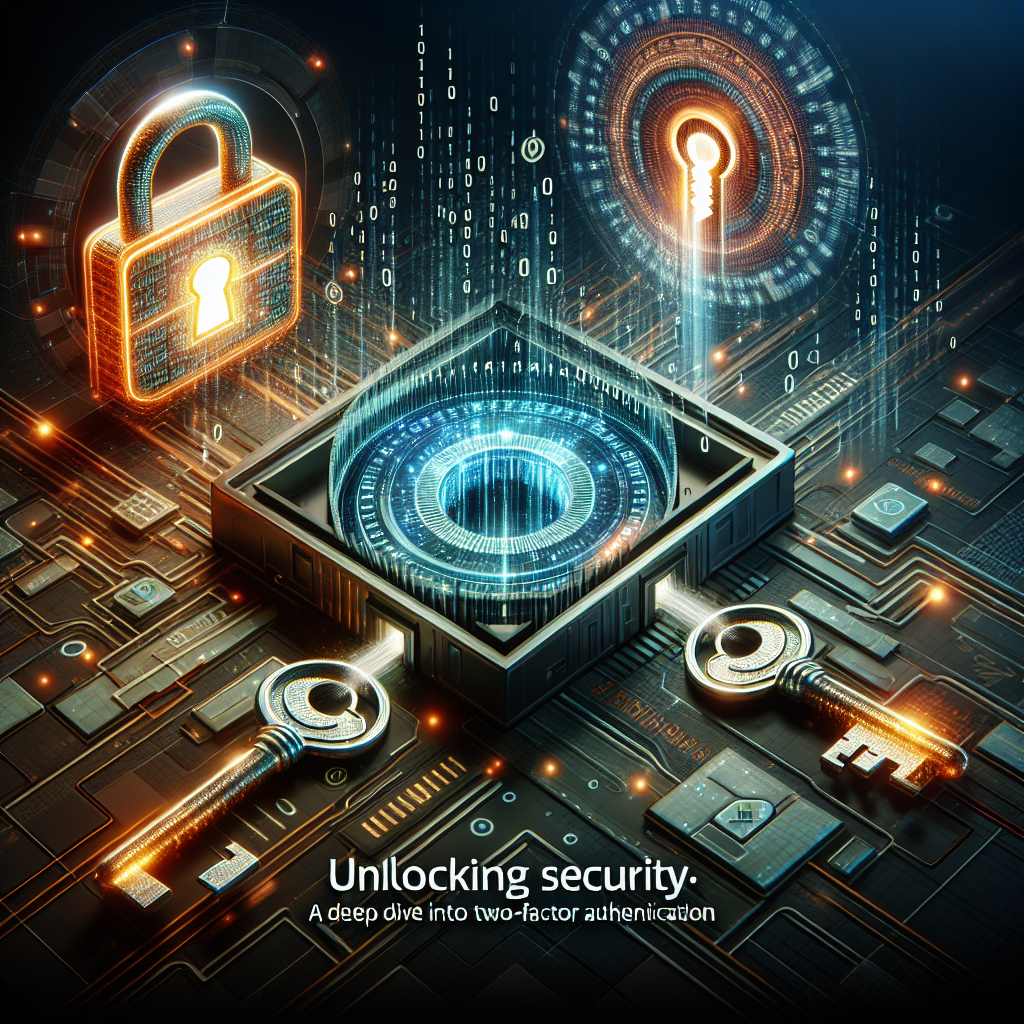In an era where cyber threats are increasing in sophistication, securing personal and organizational data has never been more crucial. One of the most effective methods for enhancing security is Two-Factor Authentication (2FA). This article explores what 2FA is, how it works, its benefits, and its limitations.
What is Two-Factor Authentication?
Two-Factor Authentication (2FA) is a security protocol that requires two distinct forms of identification before granting access to an account or system. This method relies on two of the three categories of authentication factors:
- Something You Know: This typically includes passwords or PIN numbers.
- Something You Have: This might be a smartphone, security token, or smart card that generates a one-time password (OTP).
- Something You Are: This includes biometric data such as fingerprints, facial recognition, or voice recognition.
By requiring two of these three factors, 2FA provides an additional layer of security, ensuring that even if one factor is compromised, unauthorized access is still mitigated.
How Does 2FA Work?
Step-by-Step Process
- User Initiation: The process begins when a user attempts to log in to an account, entering their username and password (the first factor).
- Second Factor Request: After the correct password is submitted, a prompt appears requesting the second factor.
- Verification: The user provides the second factor, which may involve:
- Entering a code sent via SMS or email.
- Using a dedicated authentication app (like Google Authenticator or Authy) to generate a time-sensitive code.
- Scanning a fingerprint or using facial recognition.
- Access Granted: If both factors are verified successfully, the user gains access to their account.
Common Methods of 2FA
- SMS Codes: A one-time code sent via text message.
- Email Links: A link or code sent to the user’s registered email address.
- Authenticator Apps: Apps that generate time-based one-time passwords (TOTPs).
- Hardware Tokens: Physical devices that generate or display a code.
- Biometric Verification: Fingerprints, retina scans, or facial recognition.
Benefits of Two-Factor Authentication
Enhanced Security
The primary benefit of 2FA is the significant enhancement of security. Even if a password is stolen or compromised, the thief would still require the second factor to gain access.
User Awareness
2FA increases user awareness about the importance of security practices, promoting safer behaviors online.
Reduced Fraud
Organizations that implement 2FA reduce the risk of unauthorized transactions and access, consequently lowering potential fraud cases.
Flexibility
With multiple forms of second factors available, users can choose methods that best fit their environment and behavior.
Limitations of Two-Factor Authentication
Usability Concerns
Some users find 2FA inconvenient, especially when it requires separate hardware or additional steps in the login process.
Vulnerability to Social Engineering
Attackers can utilize social engineering tactics to trick users into giving away their second-factor credentials, especially with SMS-based 2FA.
Hardware Failure or Loss
In cases where hardware tokens or devices used for 2FA are lost or damaged, users may find themselves locked out of their accounts.
Dependence on External Factors
SMS-based 2FA relies on cellular networks, which may be unreliable in certain situations (e.g., poor signal areas).
Best Practices for Implementing 2FA
- Use Authenticator Apps: Whenever possible, opt for authenticator apps over SMS for better security.
- Educate Users: Conduct training sessions to educate users about the importance of 2FA and how to recognize phishing attempts.
- Offer Backup Methods: Provide alternatives, such as backup codes or secondary email verification, for account recovery.
- Regularly Update Security Protocols: Encourage users to change passwords regularly and monitor account activity for suspicious actions.
Conclusion
Two-Factor Authentication is a powerful tool that significantly enhances the security of digital accounts and systems. While it is not foolproof, its implementation can greatly reduce the risk of unauthorized access. By understanding both the advantages and limitations of 2FA, individuals and organizations can better protect their information in an ever-evolving cyber landscape. As technology continues to advance, incorporating layered security measures like 2FA will be crucial in safeguarding sensitive data against emerging threats.





